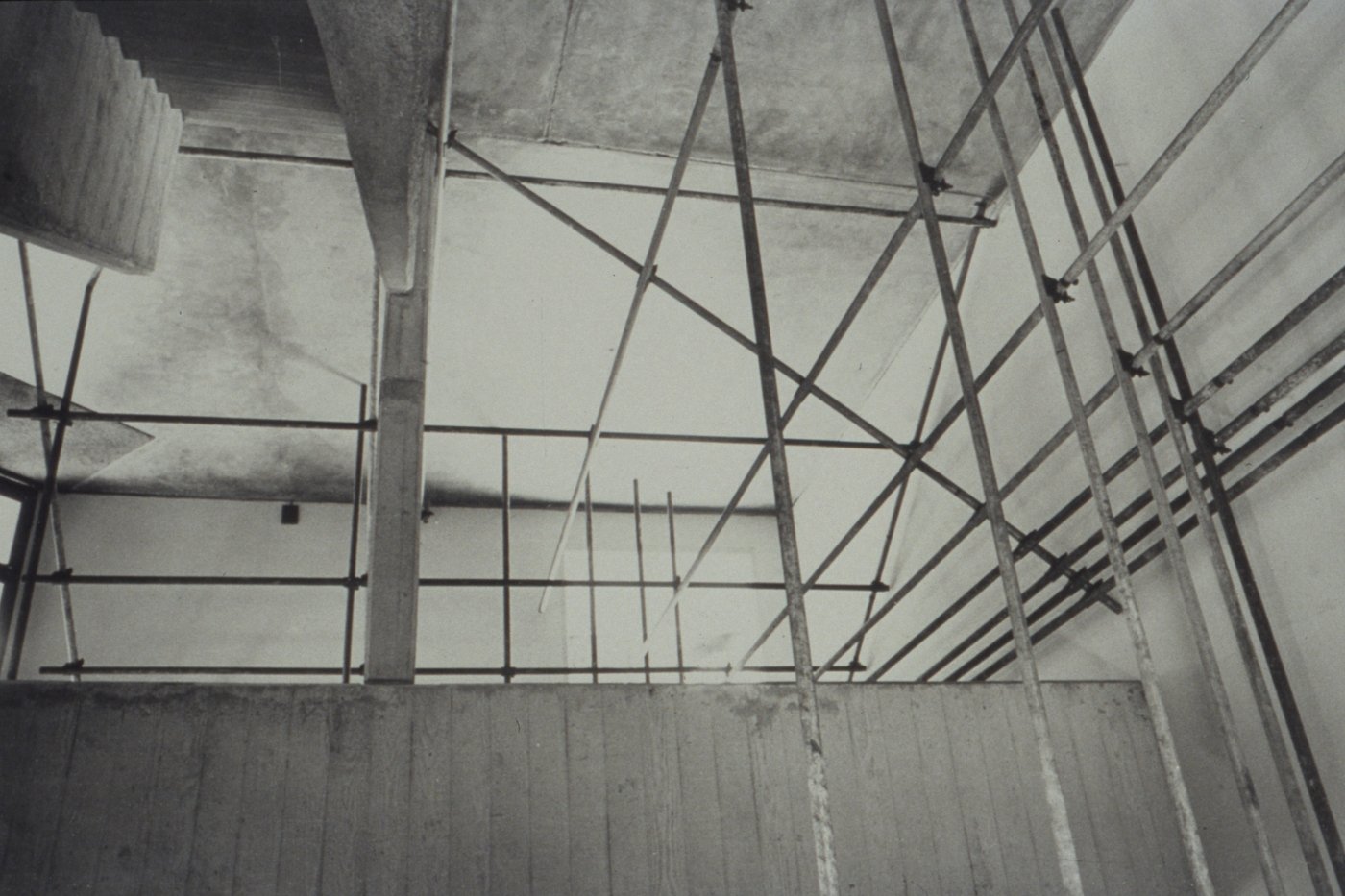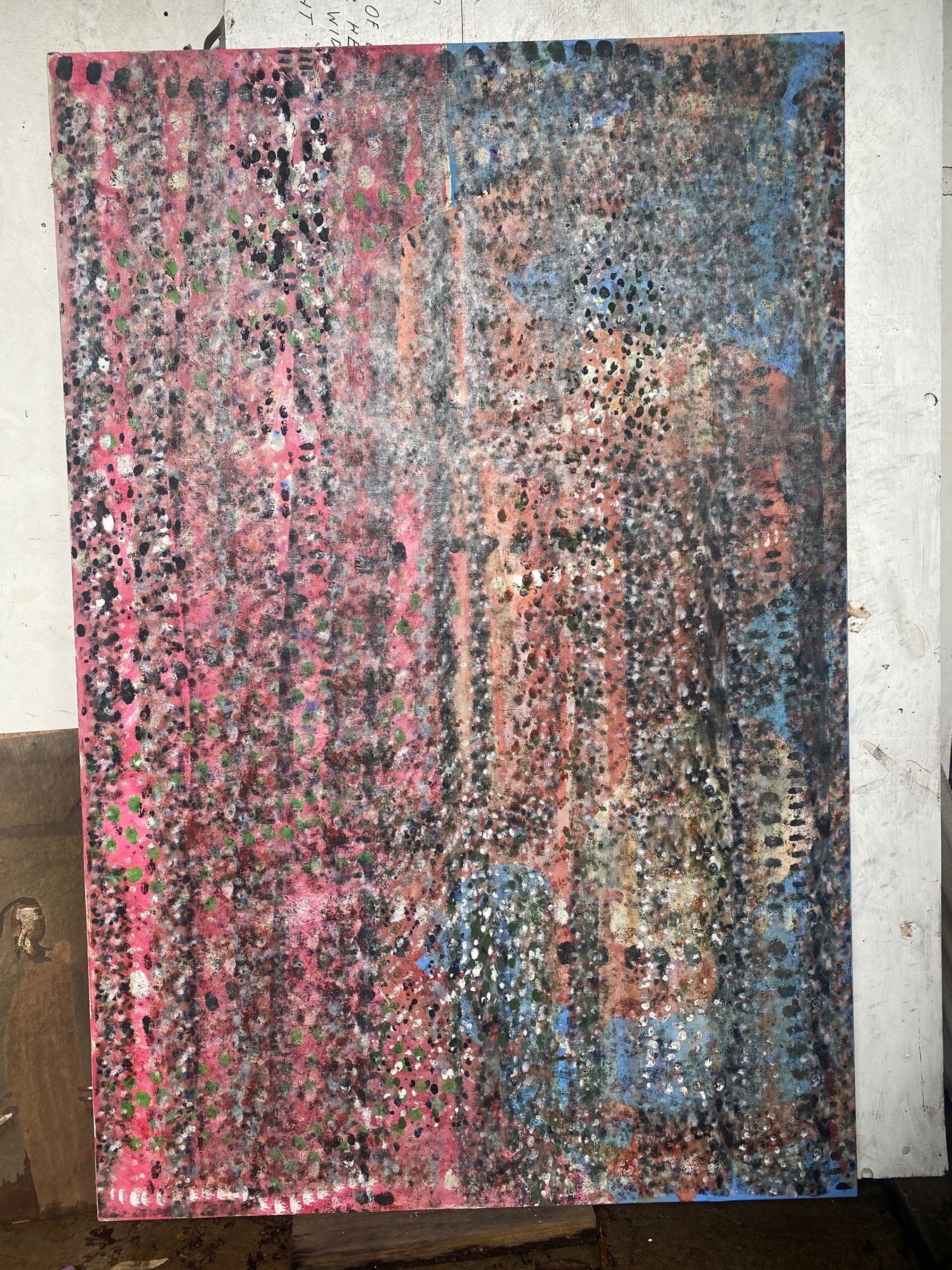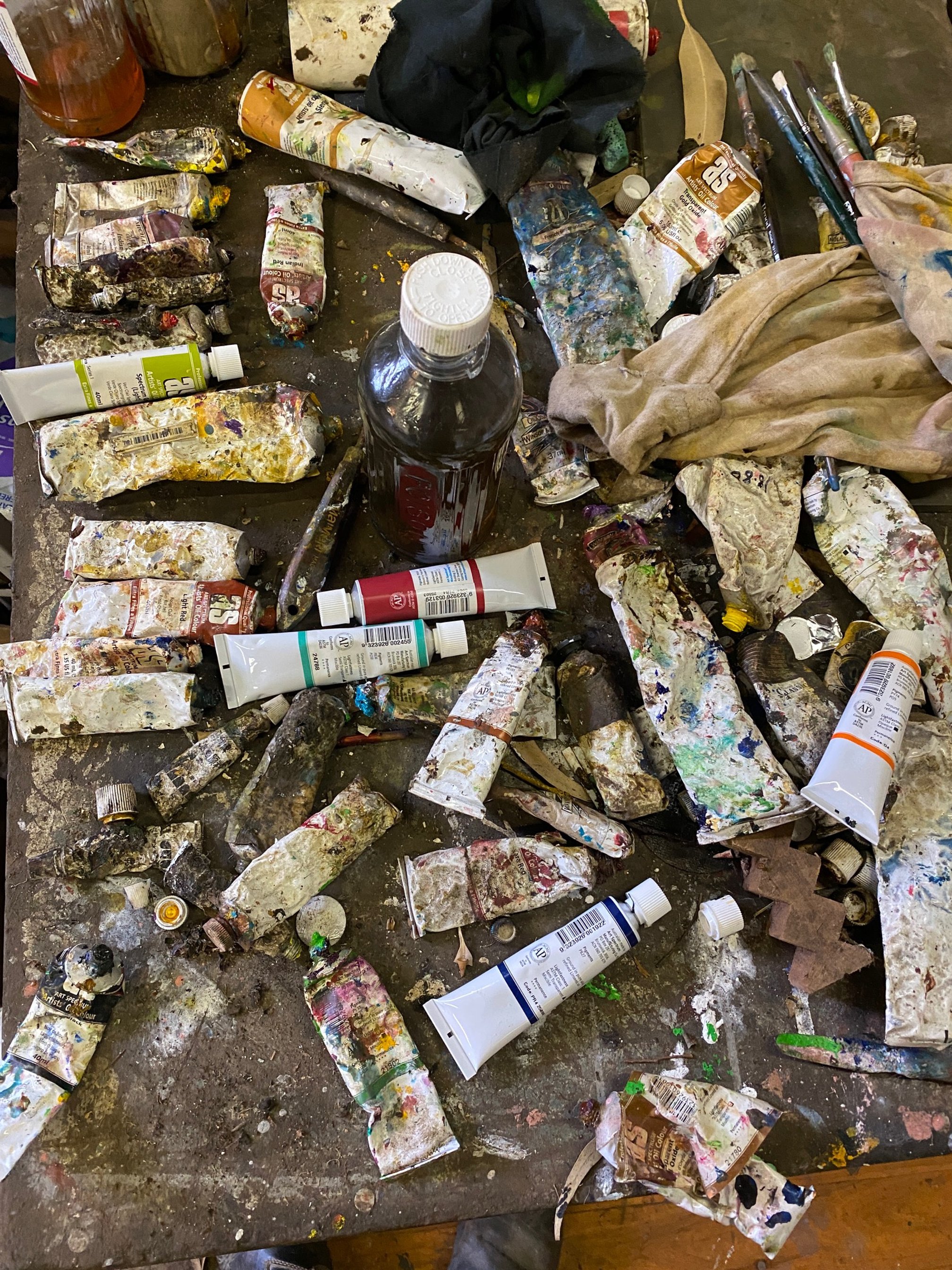Unidentified Flying Friends
We can discuss UFOs or UAPs now without being conspiratorial.
The SSS (Sydney School of Sculpture) brief has a wide brief and is able to entertain notions outside sculpture .
We sculptors are equipped to grapple with the uncertainty of UFOs, more than other disciplines.
A condition of excellence for sculpture is that it hasn’t been seen before and that it presents itself in space cohesively. At its best sculpture is a UAP.
My thinking about sculpture qualifies me to speculate on these other alien activities as being not that different from our own.
We can understand on observing the behaviour of these aircraft or spacecraft, that they are far in advance of our technical and probably social capacity.
“It’s official. Science and the military confirm the presence of alien activity throughout the world!”
Such is the scope of these craft and their pilots, that they far exceed the most advanced human science.
They ‘re so beyond a threat as to make the idea of military power, an absurd notion.
Being that these craft are more advanced we should also understand by extension that the pilots or passengers will be more advanced in every way.
They will understand, for example that we are messing up our environment, that we are developing technologies over which we have no control or understanding.
These aliens have shown they are benign and have no notion of conquering us or defeating us even if we might go there by default as a response to their presence here.
These aliens have already shown themselves to be on our side, by keeping us in the relative dark, of their existence.
These aliens, we might call them ‘friends’, have shown themselves to be so far advanced as to be loving and caring for us, and even protecting us from ourselves.
These ‘friends’ are so advanced that they will interfere in our determination to destroy ourselves. So technically advanced are they, that they will redirect carelessly flung missiles away from nuclear reactors.
They will apply their technical superiority to cooling the ice in Antarctica that has been allowed to warm for too long.
We are finally ready, collectively, to acknowledge the presence of UAP’s as we have never been before.
Finally!
We are ready because we are not immediately compelled to fight them as if they are determined to defeat us, and ‘take’ what we have, (taken already).
We are ready to confirm the reality of these life forms because we need to be. In the absence of the old guiding lights, we are ready for new illuminations.
Not only do ‘UFF’s have extraordinary technical and scientific knowledge they also speak English and read blogs.
Hello, and welcome!





































